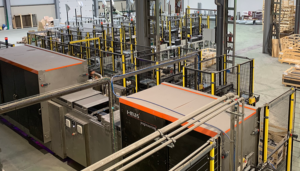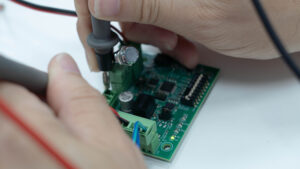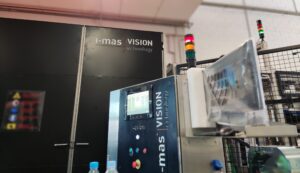Bringing a new product to market is a process that goes far beyond having a brilliant idea. It requires structure, validation and a clear roadmap. Turning an idea into a real product involves a journey that combines creativity, market analysis, technical decisions and a well-defined business strategy. Each phase is key to reducing risk, saving unnecessary costs and increasing the likelihood of commercial success.
In this article we explore the key phases in product design and development that transform an initial concept into a marketable and competitive product.
Identification of the real need in product design
Everything starts from a need. This may arise from a gap in the market, an improvement on an existing product or an unresolved technical challenge. Understanding the context and the motivations of the end user is fundamental at this stage.
Qualitative research (interviews, observation) and quantitative research (surveys, data analysis) are key tools to define the real problem that the product must solve.
Generation and validation of new product ideas
With the problem well defined, it’s time for ideation. This phase combines creativity with technical and commercial criteria. Techniques such as brainstorming, trend analysis or value mapping can be used to generate multiple proposals.
Once generated, it is important to select the most promising ones and validate them. This can be done with sketches, renderings or rapid prototypes to get early feedback from actual or potential users.
Conceptual and technical design in the product development process
The next step is to convert the validated ideas into a functional design. This involves defining the main features of the product, its functionalities, shape, materials, dimensions, manufacturing processes, and more. The work between industrial designers and engineers is essential to ensure that the design is not only attractive, but also technically and economically feasible.
It’s not just about aesthetics: critical decisions are made in this phase that will affect the cost, durability, usability and scalability of the product. It is an iterative phase in which design and technology evolve together.
Industrial prototyping and functional testing
Prototyping makes it possible to materialize the design, test hypotheses and validate functional, ergonomic or aesthetic aspects. Different technologies (3D printing, CNC machining, laser cutting, etc.) can be used depending on the type of product and level of fidelity required.
Prototype testing allows you to detect improvements, bugs or adjustments before moving on to the next stage. They are also an excellent communication tool with investors, partners or internal departments.
Industrialization and mass production
Once the validation phase is over, the industrialization stage begins. Here the production processes, tooling, molds, suppliers and costs associated with mass production are defined. This phase is key to ensure the scalability of the product.
At this point, decisions such as which materials to use or which processes to implement must be perfectly aligned with quality, volume and cost objectives.
Preparation of new product launches
Designing the product is not enough: it is necessary to prepare to launch it to the market. This involves designing packaging, defining communication strategies, setting prices and establishing sales channels.
It is also time to take into account regulatory aspects, necessary certifications and intellectual property protection if applicable (patents, utility models or registered industrial design).
Post-launch feedback and continuous improvement
Once the product is on the market, a new stage begins: the observation of its actual behavior. Collecting user feedback, analyzing returns or technical problems and maintaining a proactive attitude towards continuous improvement is what differentiates a product that survives from one that leads.
Product design and development at I-MAS: experience applied at each stage
At I-MAS we apply structural simulations, photorealistic renderings and augmented reality as a regular part of our design and product development processes. These tools allow us to make more informed decisions, avoid mistakes before they reach the factory and improve communication with our customers.
From initial conceptualization to preparation for manufacturing, we combine digital validations with physical tests to ensure the technical, aesthetic and commercial viability of the product.
We have been helping startups and innovative companies to successfully launch products for more than 20 years. Are you looking for a product design and development company in Barcelona? Contact us today!



